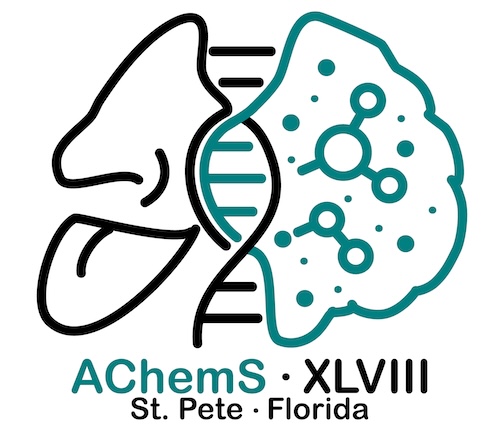AChemS Career Networking Seminar Series
JOIN US FOR THE NEXT CAREER NETWORKING SEMINAR
Evolutionary diversity and function of chemosensory receptors
Robert Driver and Corey Allard
January 14, 2026 | 11:00 AM ET

Robert Driver
Duke University
Evolutionary diversity and function of odorant receptors in birds
Birds exhibit diverse breeding and foraging behaviors yet were long thought to make limited use of olfactory signals. We show that, like mammals, bird genomes often contain hundreds – or in some cases, thousands – of intact ORs. The majority of avian ORs belong to a bird-specific expansion known as gamma-c ORs. We found that this expansion was characterized by extensive gene conversion. We show that avian ORs are expressed in olfactory sensory neurons and respond to specific odors in vitro and in vivo. Notably we identify for the first time ligands for avian ORs including gamma-c ORs. Our findings highlight commonalities between mammals and birds in olfactory system function but also reveal a unique evolutionary feature: the widespread role of gene conversion shaping the majority of bird ORs.

Corey Allard, PhD
Harvard University
Chemotactile receptors mediate touch-taste behaviors in cephalopods
Cephalopods like octopus and squid use their long, flexible appendages to interact with their environment. We show that a novel, cephalopod specific group of chemosensory receptors called Chemotactile Receptors localize to sucker cups where they mediate diverse behaviors across cephalopod lineages.



